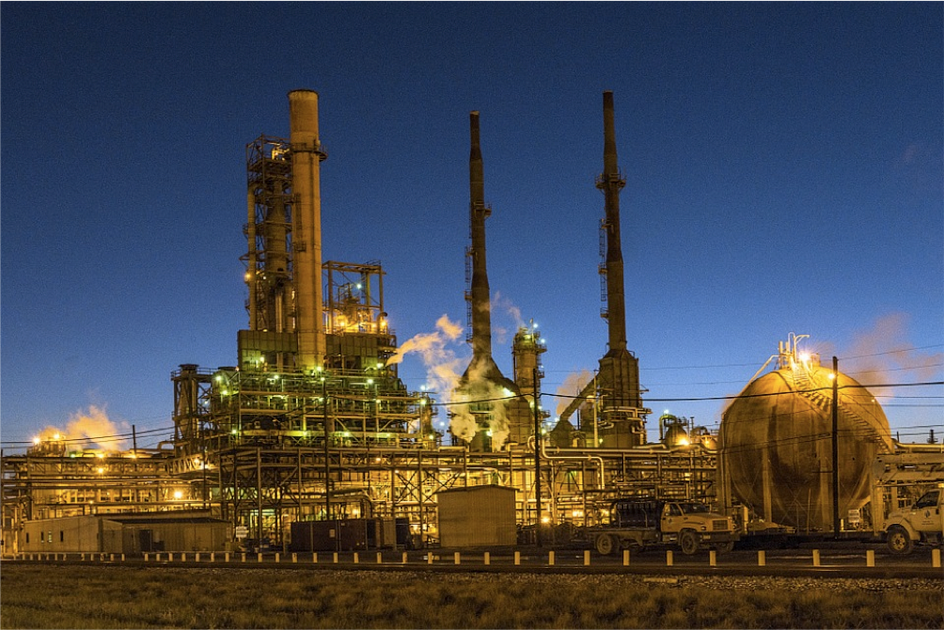LED Lighting for Oil Refineries
By Leah • Sep 10, 2018
There are hazards in every industry. In food processing there are the often hidden considerations of bacteria and spoilage. In paper mills are powerful rollers which need to be controlled. However, there are few industries as obviously dangerous as fuel refineries. How lighting might reduce the potential of these dangers may not be quite so obvious.
How LED Benefits in Savings
It is not only safety, however, where LED lights can improve the refinery industry. Until viable alternatives are created, we will still be using fossil fuels to create electricity. This does not mean we shouldn't be using all we have at our disposal to reduce our reliance on them, including in the refineries where they are processed.
In crude oil refineries, the product is passed through many large pipes and containers before it is even treated. This brings an important element for this type of industry in terms of lighting. A lot of the work is done in the open air as workers get the oil into the right pipes.
While the sun will take some of the burden, you still need a lot of light. This is especially so during winter or in inclement regions. If you look at the Baytown refinery in Texas (the second largest of its type in the US), you will see 5,000 miles of piping covering 2,400 acres. The piping is stacked up and needs to be well lit for lots of maintenance purposes.
With LED lighting you are saving 60 – 80% in energy costs per bulb (dependent on the type of bulb). When you apply that to a refinery as huge as this, the amount of savings are incredible.

How LED Benefits Practical Needs of an Oil Refinery
Of course refineries are not simply as mass of pipes. There are loading (sometimes shipping) sections, masses of machines and, of course, the refinery itself where the crude oil is tested and processed.
Understandably, a lot of debris and pollution is created, so you need bulbs which are not only efficient, but can handle the environment. Unlike high intensity discharge bulbs, LED lighting has much sturdier fixtures which don't use their kind of breakable glass. The light function in LEDs can be held in reinforced fixtures without having any negative effect on the quality of light output.
In the refinery, separating the crude oil into its constituent parts takes an incredibly sophisticated system of distillation. Each part (e.g. propane, butane, jet fuel, etc.) needs to be tested and refineries do this so they can amend the mixes.
These tests require very special analysis and light is an important aspect of it. And the process is not a small class-sized lab, but a warehouse-size indoor space where lots of business is carried out. LED lighting can provides incredibly clear white light to carry out these tests, even with the high bay ceilings needed for such a space.
In a space with such fuel hazards present all about, this light needs to be quality otherwise safety is compromised. LED does not depreciate in lumens like HIDs and metal halides, no does it run the risk of dangerous explosion as it does not use the arc/gas/metal structure of these bulbs.
LED lighting also benefits the worker by providing the right kind of light at the right time of day and can be used with motion sensors to turn off sections of the refinery which are not currently in use. LED provides one small, but intrinsic component of refinery safety as well as saving money in the long run.
